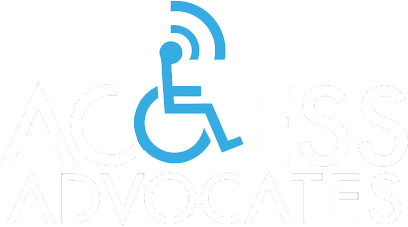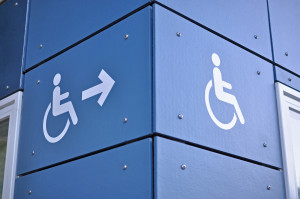A building in compliance with the American’s with Disabilities Act (ADA) means a person with a disability is able to access all needed services. Let’s look at what types of buildings are included in the ADA by imagining a vacation trip to Washington, D.C. This trip can demonstrate examples of the types of buildings that are required to meet ADA
To prepare for your trip you would visit some everyday spots: your children’s school to notify their teacher, the bank to withdraw some cash, and the mall for some luggage and clothing for the trip. Stores, schools, and banks are examples of everyday places that are required to comply.
Vacation spots would include the airport, the hotel and pool, museums, and restaurants. Your Washington, D.C. visit would include a number of government buildings: the Capitol Building, the Library of Congress, and the White House. While parks and recreation areas may not be buildings, they are included in required access. So, don’t miss the Lincoln Memorial and the Reflecting Pool. All these places must comply with the ADA.
A recent National Journal article pointed out the difficulty in creating necessary adaptions in the historic buildings in the nation’s capitol. Hallways, for example, in the Capitol Building were not wide. Elected officials with disabilities now have the required access, but it is not as easy as they would like. Government workers use tunnels to move from one building to another, especially when buildings are full of tourists. Access to the tunnels is more difficult in a wheelchair. Still, the effort to ensure access for all has been made with ramps for wheelchairs, sign language interpreters, restrooms with wheelchair access, wider aisles, and reachable door handles. Some monuments have braille signs and recorded messages. Upgrades continue to be made to provide more access both for visitors with disabilities and for those people with disabilities who work in Washington, D.C.
To talk more about this, or to find out more about access, please contact us.

